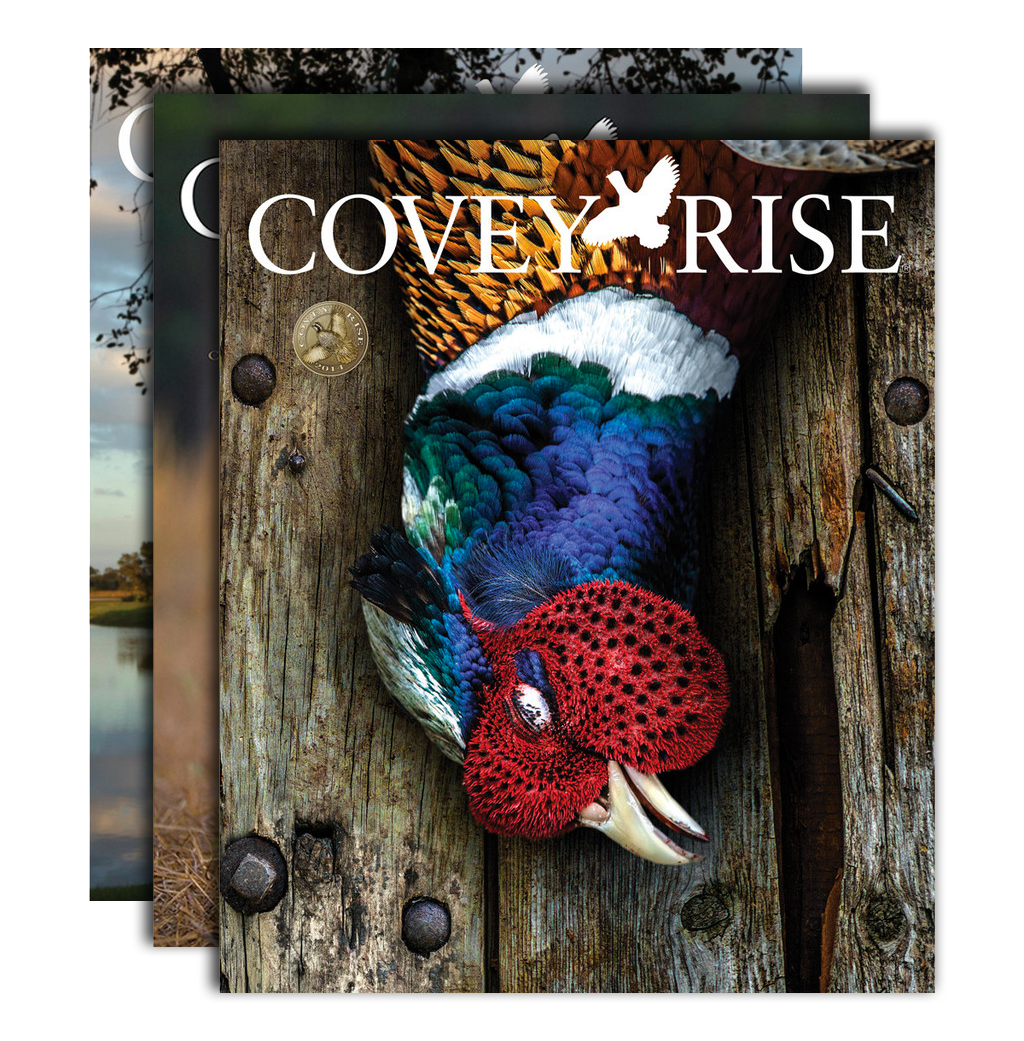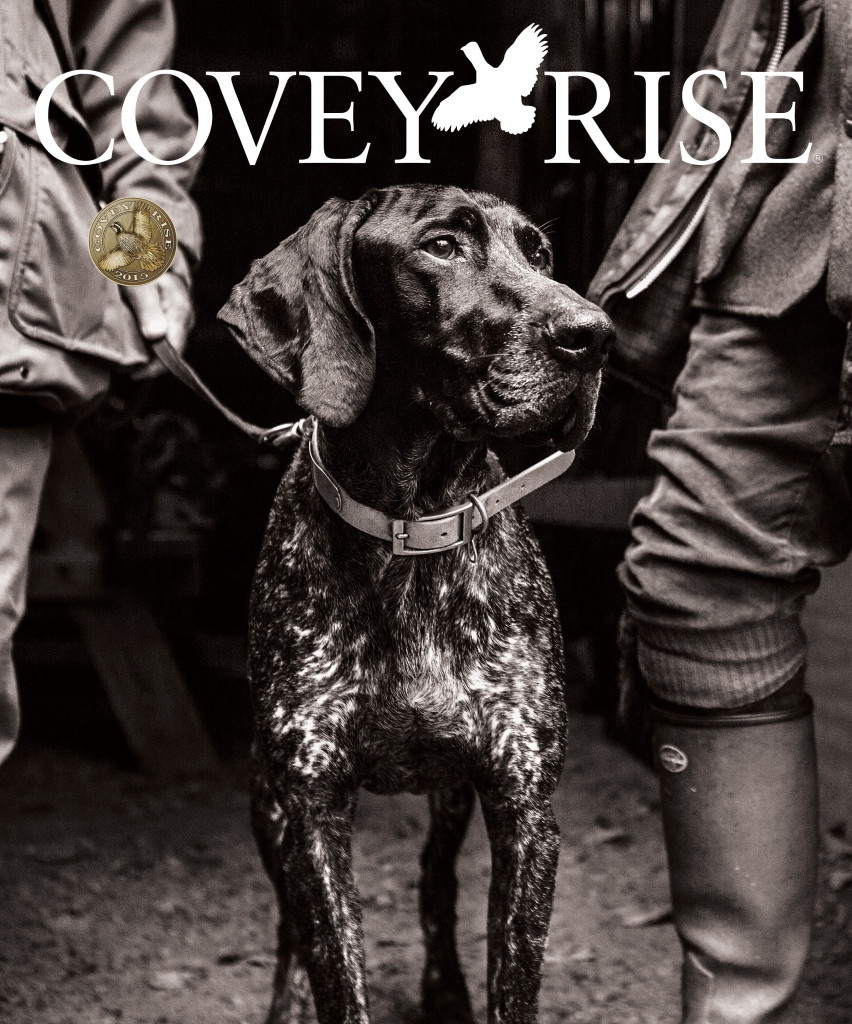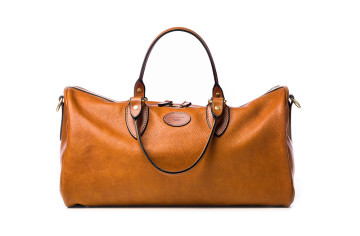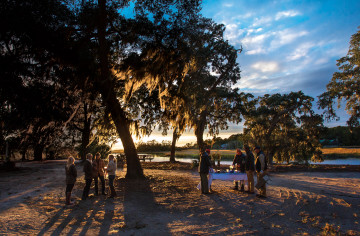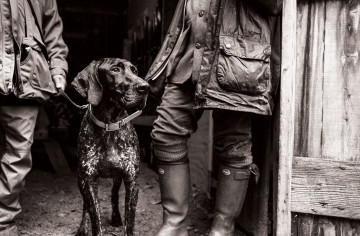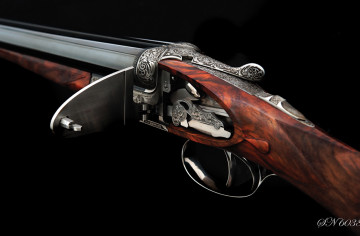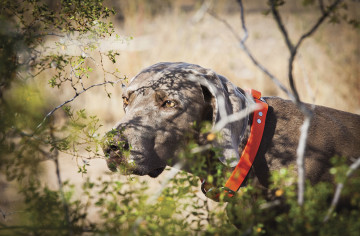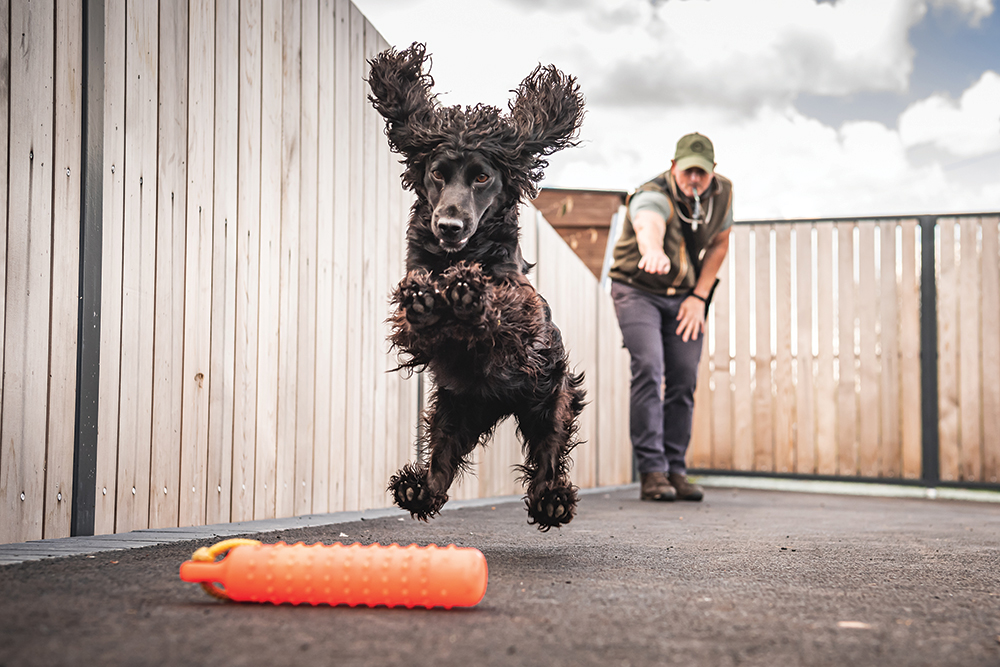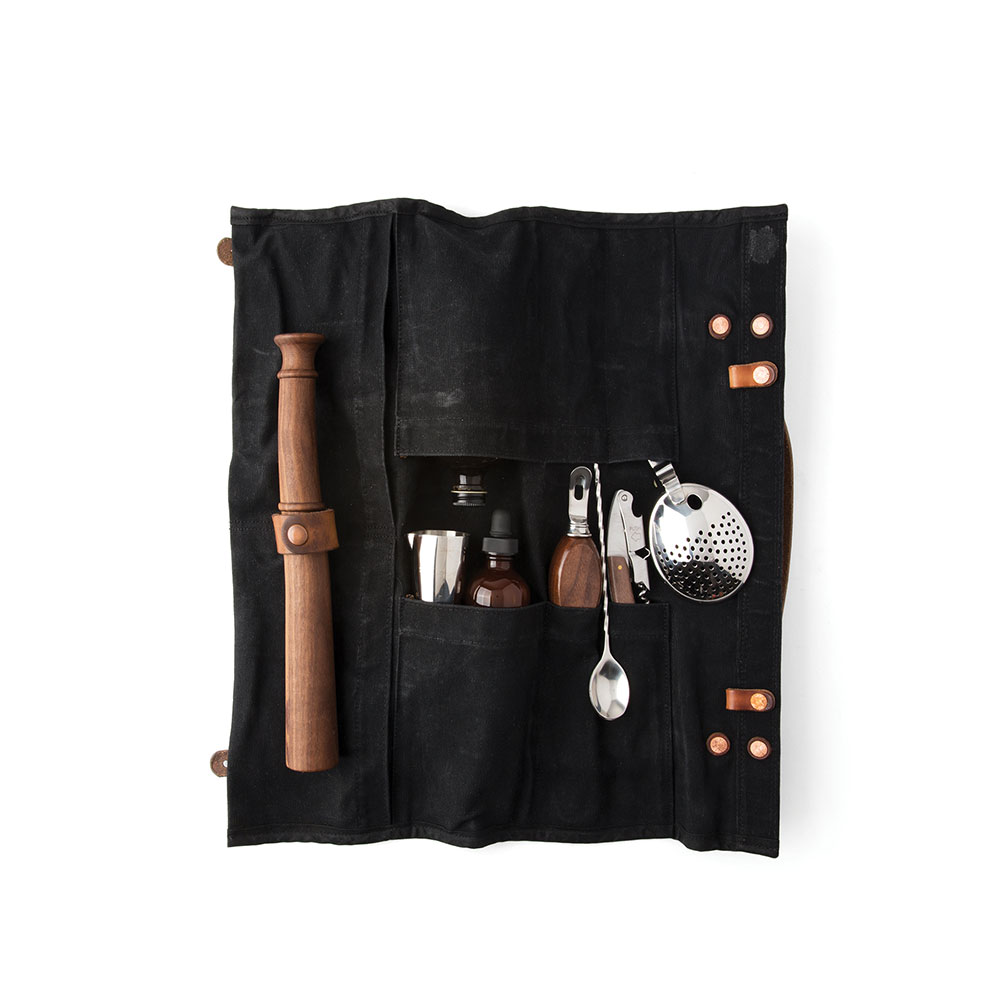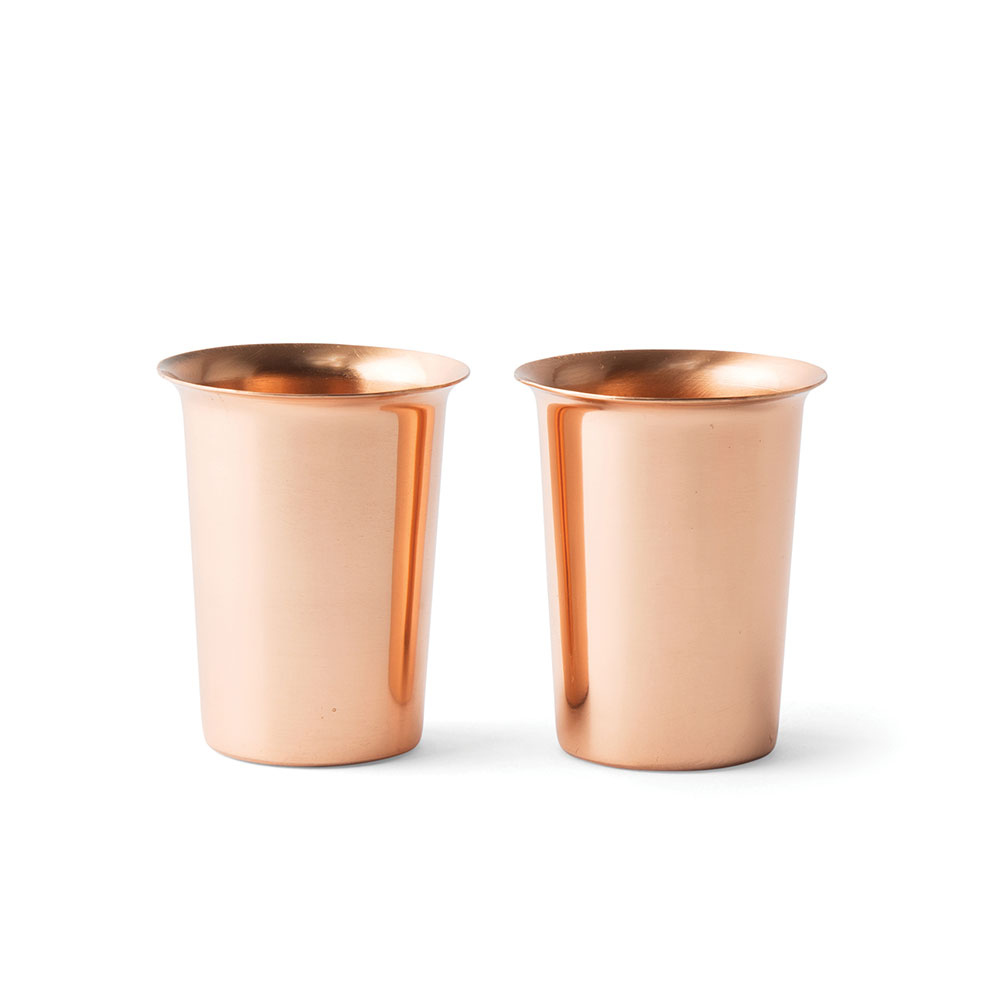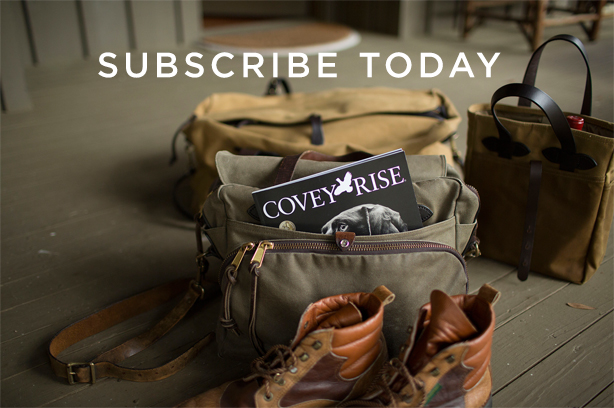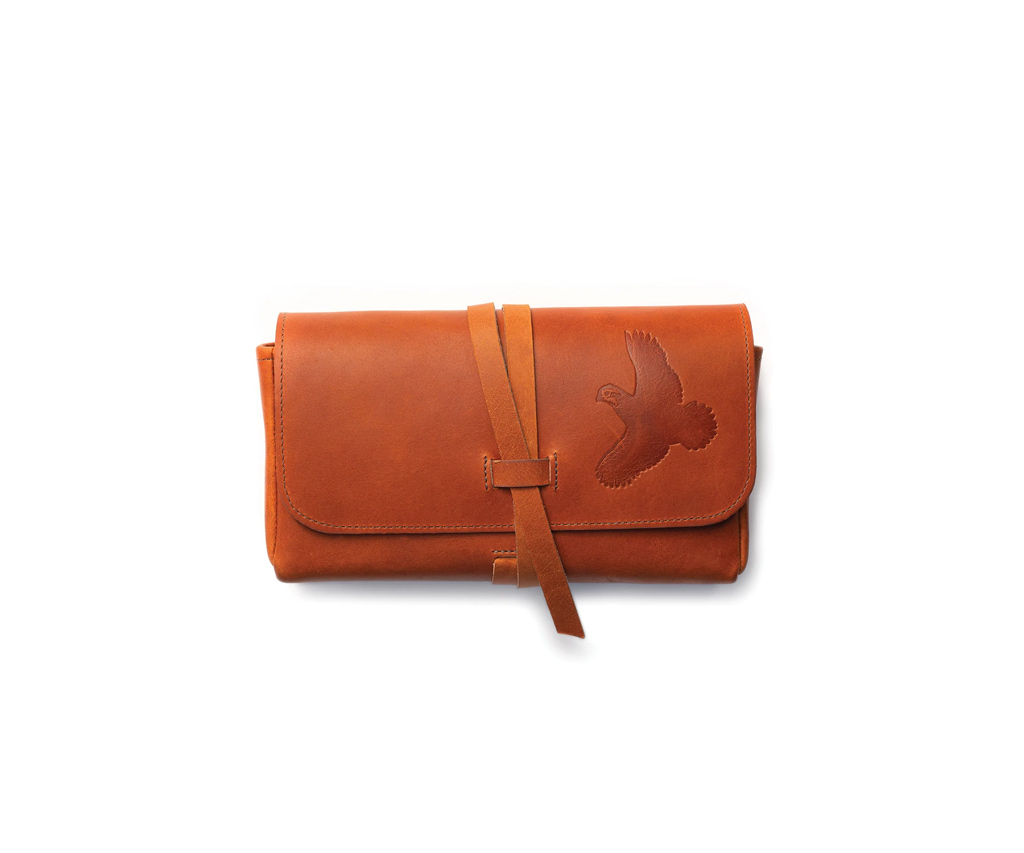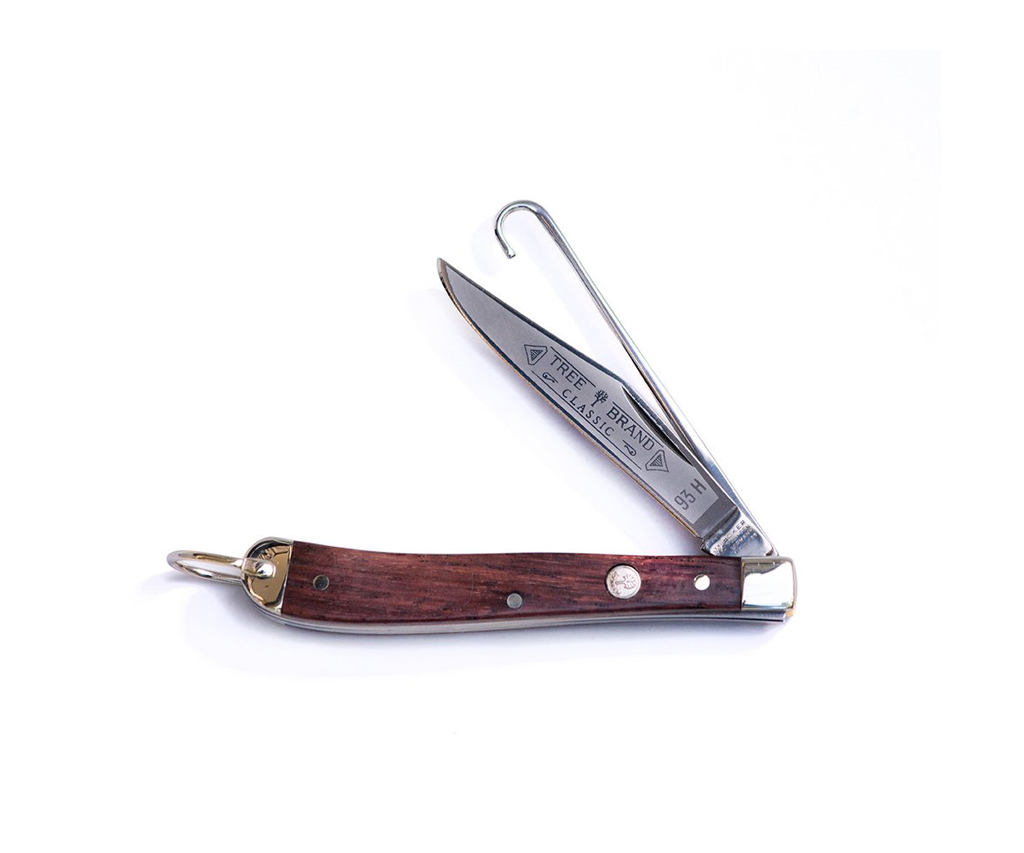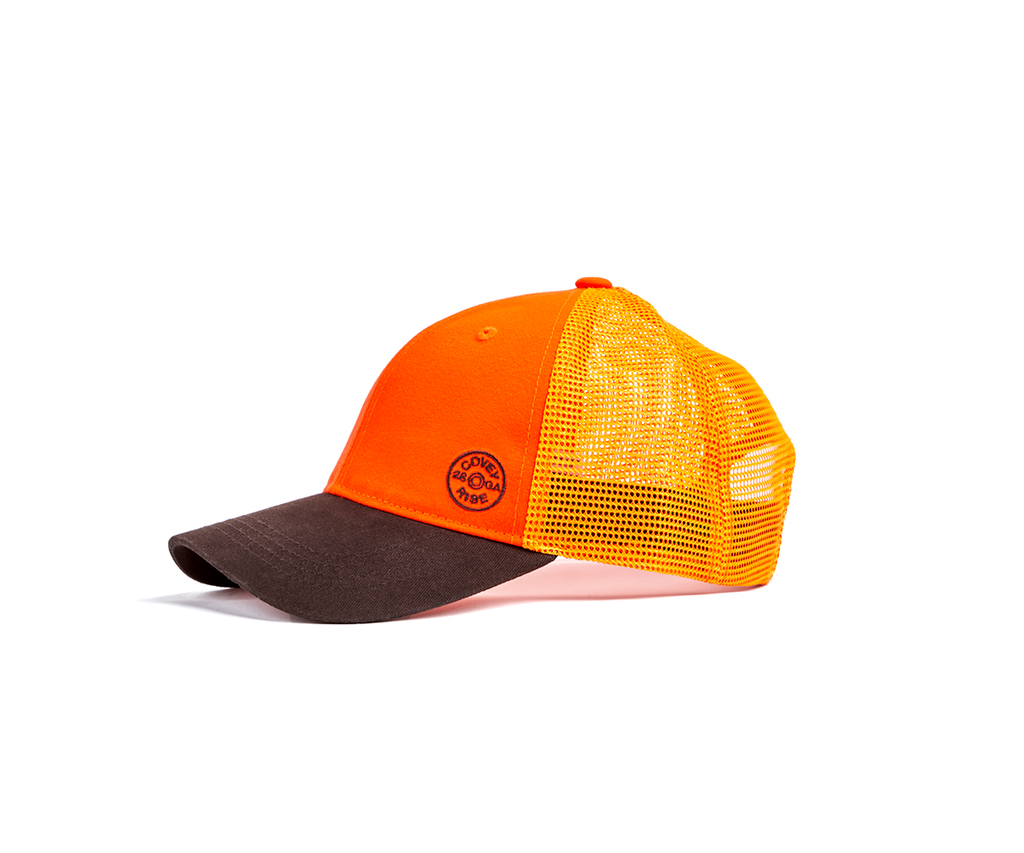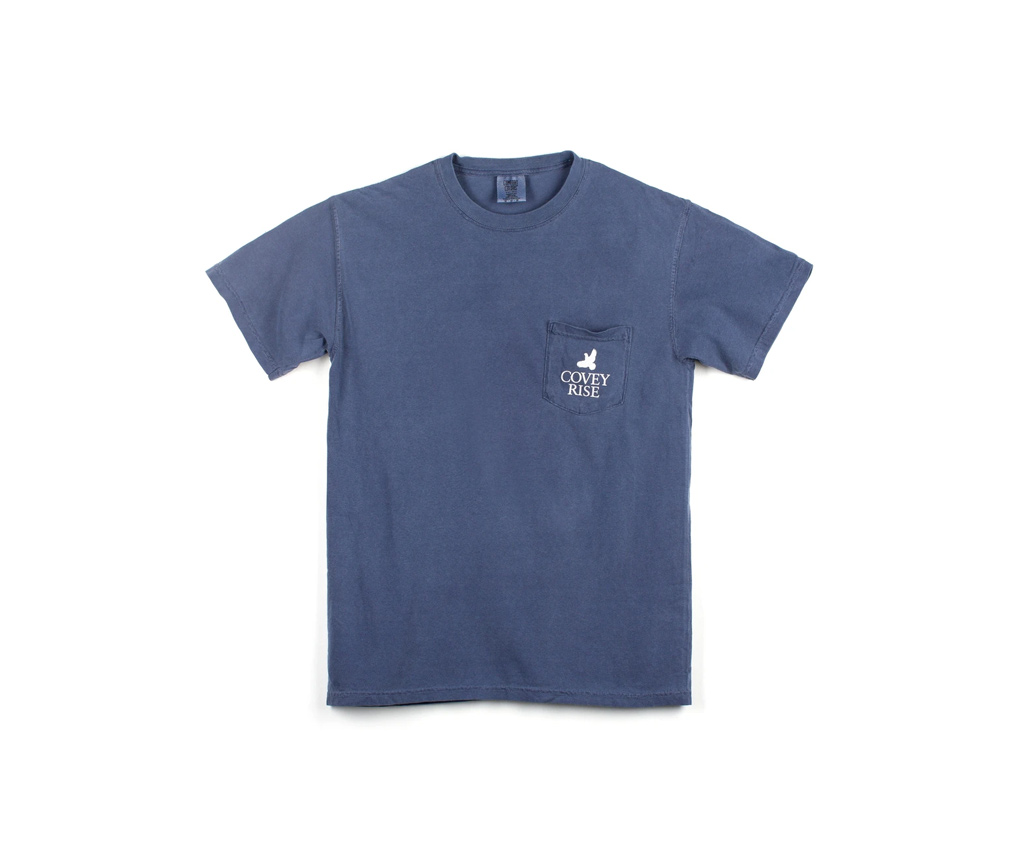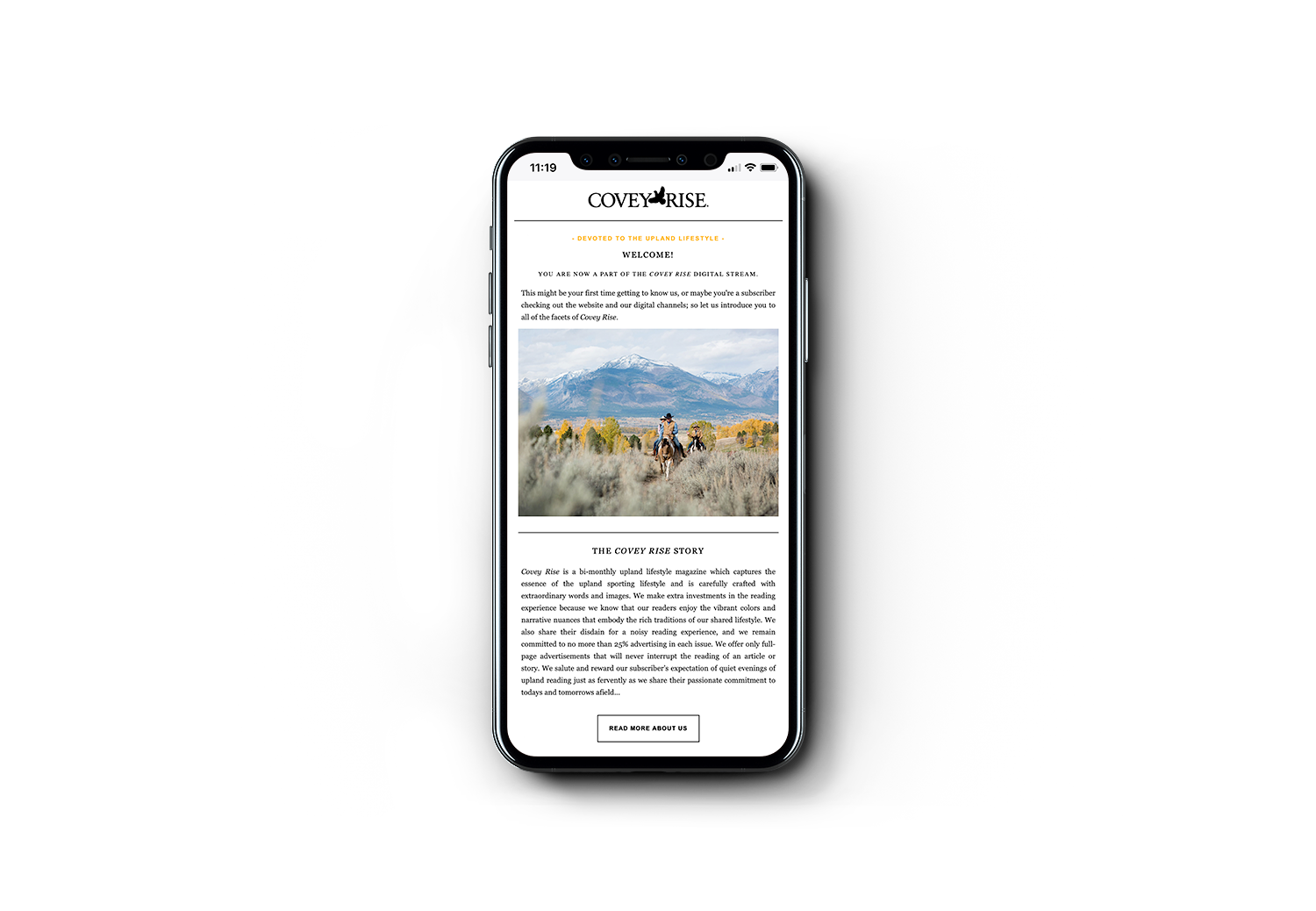Dave Cruz: A Portrait

In a hundred years or so, perhaps on a planet far, far away, a graduate student will be writing his thesis on the anthropological significance of 21st Century wingshooting. He’ll believe at first that he’s studying an anachronism, a pursuit long past its apparent cultural relevance, ho hum. But perhaps he’ll stumble on a conundrum named Dave Cruz, and then perhaps he’ll stop, take a breath, and realize he needs to rethink everything. If he’s good at his job, he’ll see something in Dave’s story that might explain why, against all odds, British gunmaking and British shooting traditions survived the politics and economics of the late 20th and early 21st Centuries and continued to influence the worlds of sport and art for generations after.
The story begins in the mid-1980s. Dave, 14, was being raised in downtown Manhattan by his single mom whose parents came to New York from Puerto Rico in the 1920s. Dave’s mother had studied modern dance and culinary arts but was working, at this point, on the administrative staff of a Wall Street brokerage firm. Dave worked there part-time after school, running a bank of paper shredders. In hindsight, this modest first job may have been more intriguing than it seemed at the time. Dave well remembers the friendly owner, who often stopped by the shredding room at the end of a day to tell Dave, “Come on kid, time to go.” Twenty years later and long after Dave and his mom had moved on to other jobs, the friendly owner, Bernie Madoff, was sentenced to 150 years in prison for running one of the largest Ponzi schemes in history through one of his other companies. Dave still sometimes wonders what exactly his 14-year-old self might have been shredding.
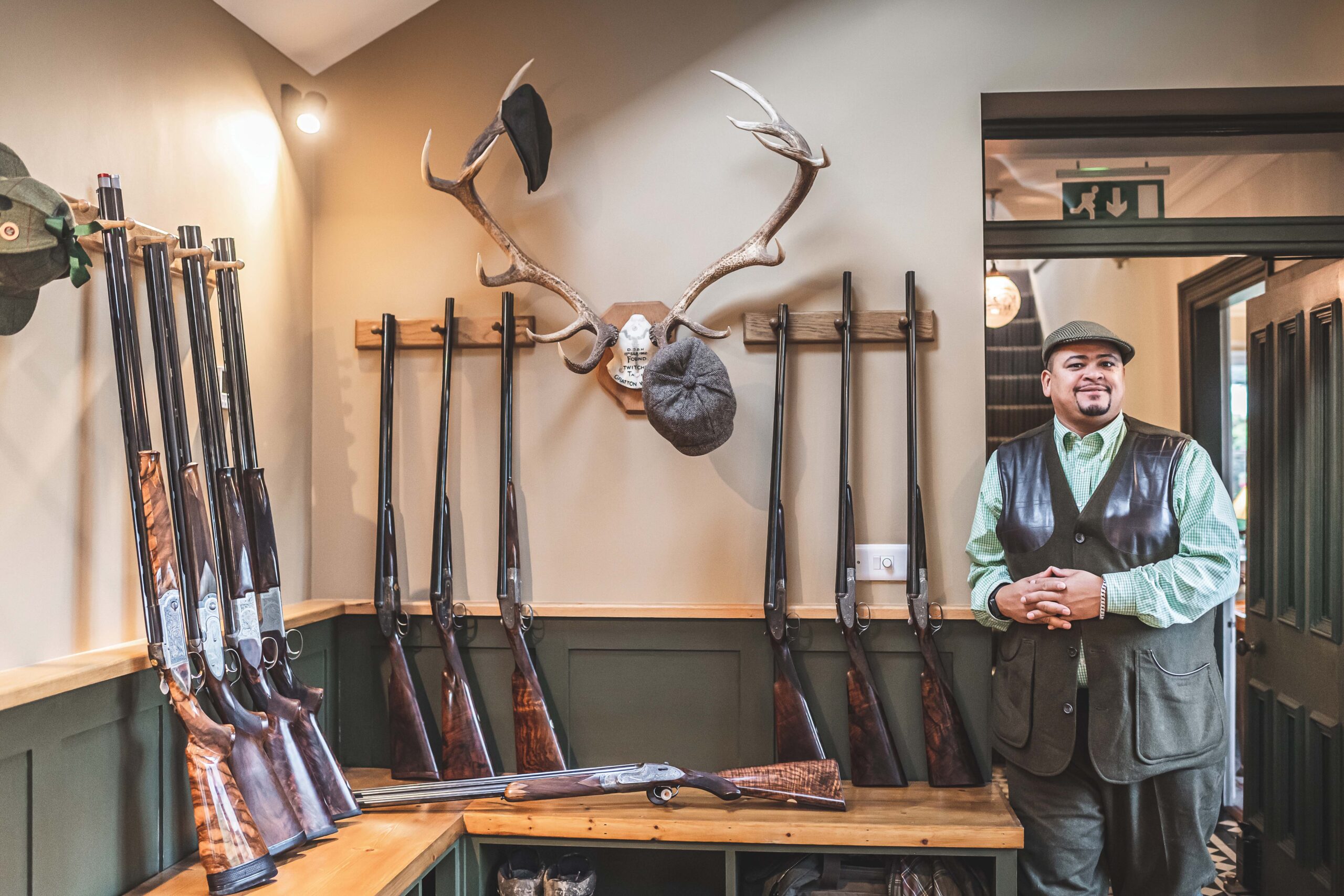
One weekend, one of the brokers took Dave, his mom, and a pump-action 12-gauge to a skeet range on Staten Island, Dave’s first shooting lesson. At about the same time, looking for activities that would keep Dave out of trouble, his mom suggested he try the Boy Scouts. He joined and learned he liked the outdoor life a lot—riflery, birding, hiking, natural history—all of which got put aside, naturally, once he was old enough for cars and girls.
A few years later, in his mid-20s with a young family and several years under his belt in New York’s booming fashion industry, Dave was working at Ralph Lauren on Madison Avenue. He found himself particularly drawn to Ralph Lauren’s outdoor clothing whose styling drew heavily on designs originating with London sporting firms such as Holland & Holland and James Purdey & Sons. When a friend left Ralph Lauren for Holland & Holland’s 57th Street store a few blocks away, Dave dropped by H&H one day to visit.
You may remember that store as it existed in 1998, a seven-story townhouse with each floor devoted to its own line, including clothing, guns, books, and art. It was a monument to the sporting lifestyle. For many it was the most beautiful store in New York. Dave, speechless, found himself in a gallery of his own soul. His friend was out but the assistant manager, seeing Dave’s reaction to the place, offered him a tour. When they reached the gun room with its signature aroma of gun oil, wood, and fine leather, Dave knew he’d never seen anything like it but it was where he belonged.
“Why doesn’t anyone talk about this?” he asked.
His guide replied, “In the right circles, they do.”
At the end of the tour, having watched Dave and fielded his questions, the assistant manager offered him a job in the clothing division. Two weeks later Dave started learning the business that would define his world for the next 25 years.
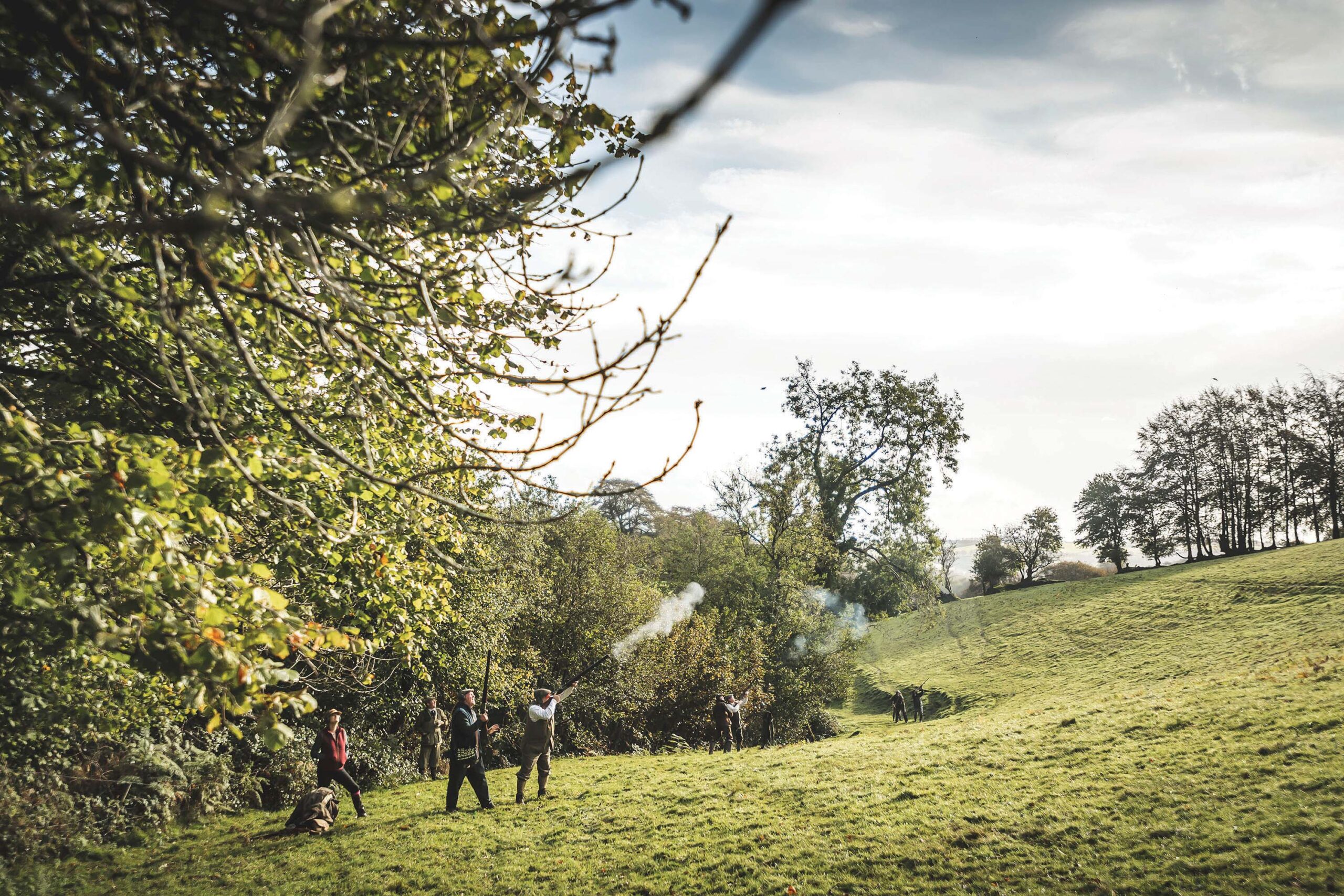
Without quite being told, Dave soon realized that what H&H was selling wasn’t just guns, clothing, art—but a way of living. At its heart this lifestyle was grounded in a belief that living well in the outdoors was a worthy pursuit, a pursuit whose meaning and success depended on a commitment to aesthetic excellence and on respect for the outdoors and the people and animals in it. The details of this world were new to Dave but the underlying principles were not: They were the same principles celebrated by the great Manhattan art museums and the iconic institutions of the fashion industry that Dave had grown up with.
For two years Dave circulated among the store’s departments, picking up training and general knowledge as he went, suffering the pain of a layoff only to be rehired soon after, finally emerging as US operations manager working primarily in the holy of holies, the gun room. He read voraciously about the London gun trade, then about the European gun trade. He found he often learned as much from the little activities as from the large. In recalling this period his eyes light up as he recounts the Christmas-morning pleasure of opening each box as guns arrived at the store, the smells of oil and leather, the glow of light on hand-polished walnut, the satisfying click as each part fell into place. Used guns were particularly instructive, teaching him firsthand about the differences between styles, eras, makers; and he learned how to research the history of each gun from original records and the store’s extensive library. He spent part of each year at the London store and factory, learning the gunmaking process step by step and absorbing the gunmaker’s lore from craftsmen who had devoted entire lives to their art.
One of the aspects of his job that Dave especially enjoyed was planning shooting events and adventures for customers and managing the company’s involvement in trade shows and conventions. Whether participating in H&H-sponsored driven shoots in Scotland and England or hosting groups at sporting clays events in the US, he liked the people and the sport and found that he was good at making sure people enjoyed their experiences. In the process he also became an excellent shot and developed a substantial network of friends in the gunmaking, gunsmithing, shooting, and sporting-travel industries.
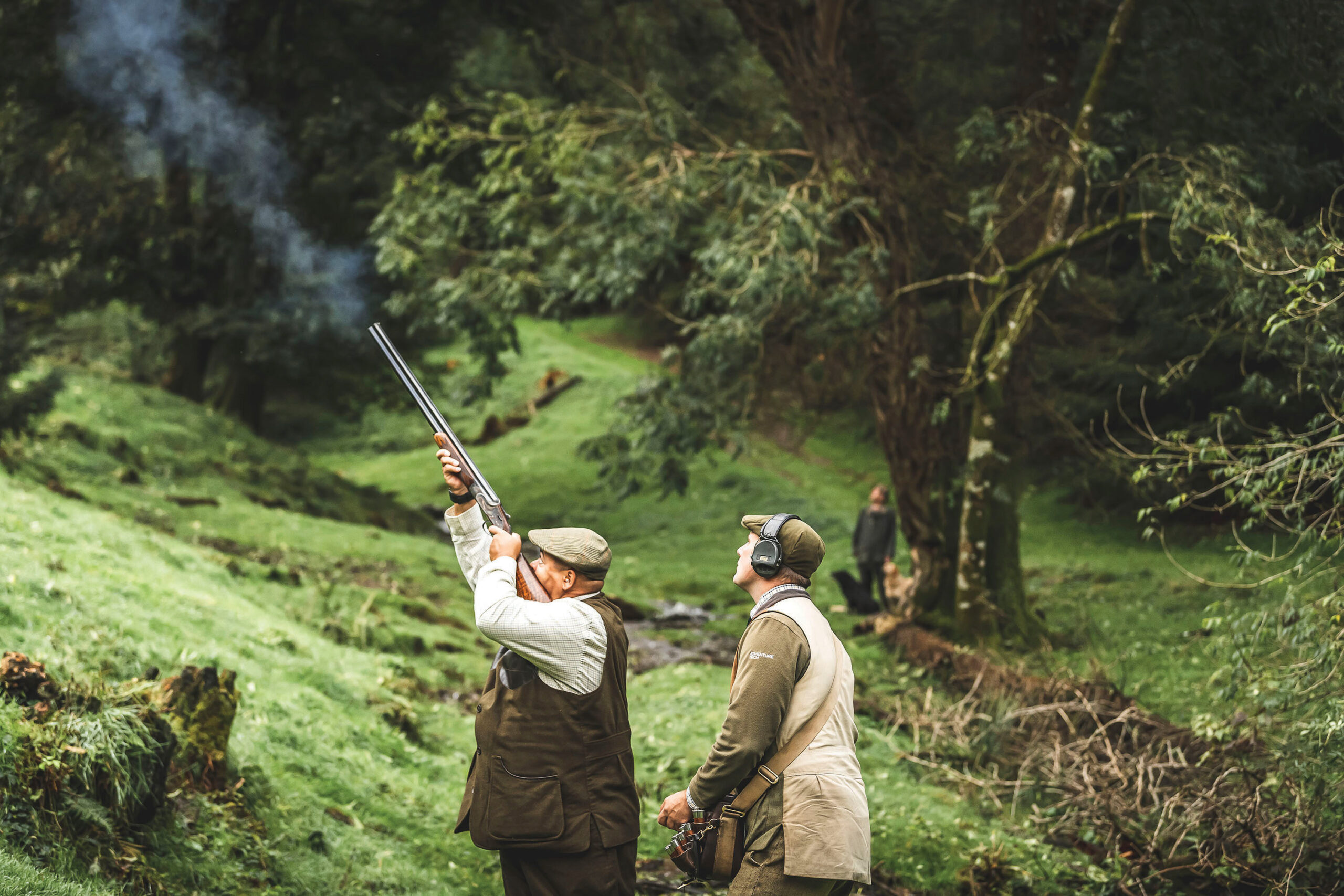
By 2000 Dave had acquired a thorough grounding in the business except in one area: He hadn’t yet tried to sell a new gun to a customer. He worked with customers daily, but when it came to selling, he always deferred to his mentor, the gun-room manager. One day, however, an elderly gentleman walked into the gun room, somewhat more casually dressed in his rumpled tracksuit and sneakers than a typical H&H customer. The manager was tied up on a phone call so Dave greeted the man and asked how he could be of service. Pointing to one of the new Royal Deluxe 12-bores in the rack, the man asked if he might see it. Dave got the key, opened the case and handed the man the gun. The customer handled the gun for a few minutes, then handed it back to Dave, put his foot on a chair, reached under his pant leg into his sock, pulled out a checkbook and said, “Okay, I’ll take it.” The price was $99,000, a nice beginning to Dave’s career as a salesman.
Over the next few years the same customer bought four more guns from H&H, a pattern that Dave came to see often with respect to both gun sales and the gun-related adventures he arranged for his growing cadre of customers. “A guy grows up reading about Africa,” Dave notes, “then one day finds he can go, so he buys a nice rifle for his once-in-a-lifetime trip. He has a great time, and the next thing he knows he’s gone on safaris and driven shoots 10 years running, he has a rack of beautiful guns, and he’s already planning the next one. It’s not that he’s addicted exactly. It’s more that he’s discovered the life he always wanted.”
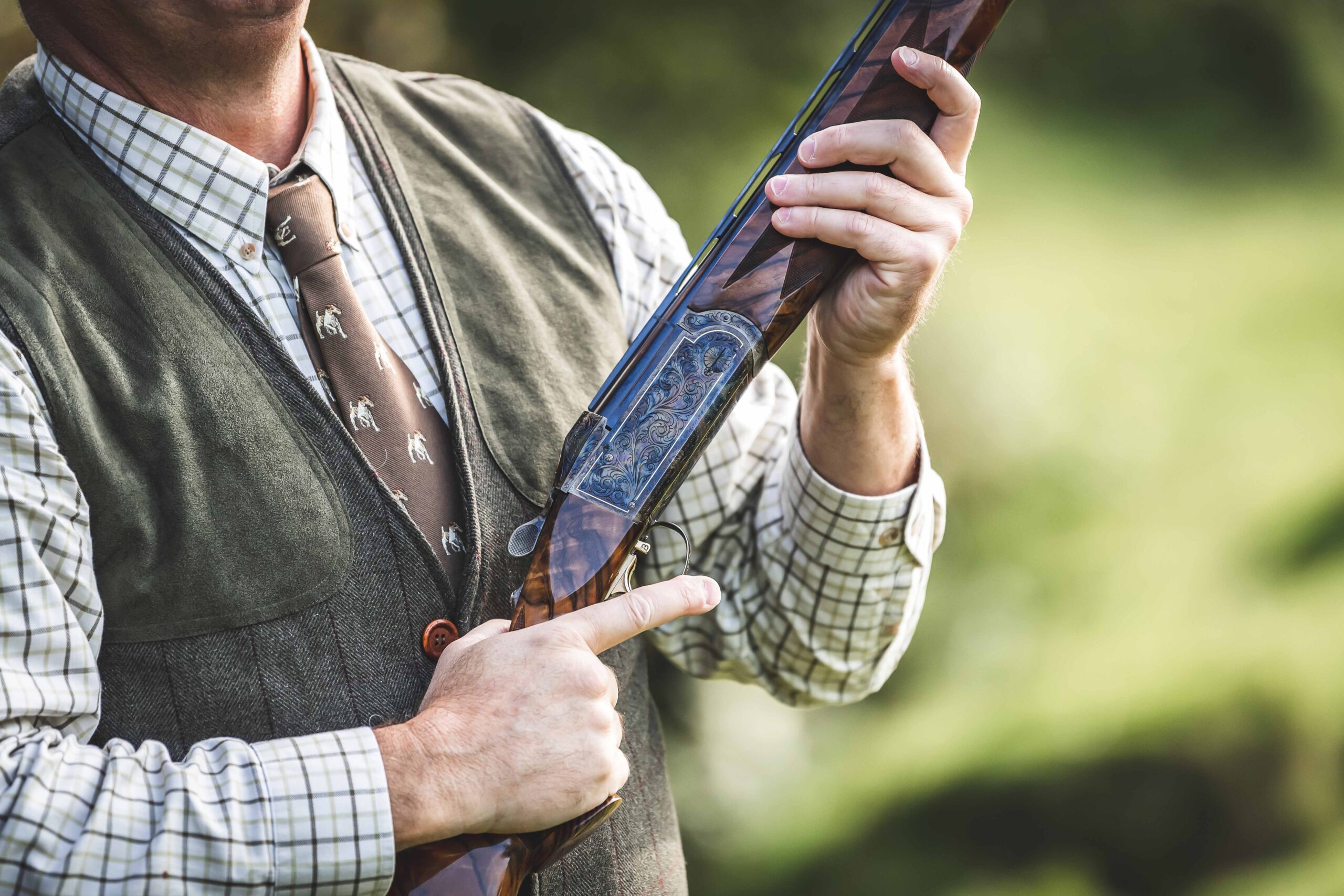
In addition to his normal duties, Dave often fielded unusual requests. In 2010, for example, the producers of Morning Glory, a film starring Harrison Ford, needed help finding the right gun and venue for a scene in which Mr. Ford’s character would shoot a few pheasants. Mr. Ford, who apparently knew his shotguns well, had in mind a H&H round-action 12-bore, so Dave made one available and accompanied it to upstate New York for the shoot. The shooting, it turned out, involved no live pheasants. Instead, a taxidermist had prepared a number of former pheasants in various stages of being shot—from flying to falling. Dave was assigned to serve as one of the bird tossers as Mr. Ford dispatched them with well-directed blanks. Judging from the film’s excellent reviews, Dave, the stuffed pheasants, and Mr. Ford all performed well.
By 2017, 20 years after he arrived at Holland & Holland, Dave had progressed from enthusiastic recruit to one of the most respected professionals in the trade, a New York-accented Puerto Rican who for many Americans was the genial face of the British gunmaking and shooting tradition. But the industry had weathered a tough period; corporate changes were in the works at Chanel, the company’s owner; and a committee somewhere decided the time had come to close the New York store. A wonderful era was over—it was time to build something new.
When Dave and his colleague Bob Pearson left H&H to start their own business, Country Pursuits & Outfitters, they saw their mission as serving the market for best-quality used British, European, and American guns, rifles, and accessories, and organizing shooting and hunting opportunities for their clientele. By virtue of their combined decades with one of the best names in the industry, they felt confident they had the contacts, experience, and training to build inventory and to match buyers with sellers, adventurers with adventures.
The ensuing years have proven them right. The cpoutfitters.com website today lists an enviable array of hundreds of fine firearms, with virtually every notable maker represented, along with an interesting assortment of accessories and other items dear to followers of the sporting life. Each year Dave leads several trips to the UK, Europe, and South America for driven shooting and fly-fishing, and Country Pursuits is a fixture at all of the shows, tournaments, and other events that feature fine guns. Most recently, Country Pursuits formed an alliance with Morphy Auctions, performing cataloging and appraisals for their firearms offerings. The company also serves as Charles Lancaster Gunmakers’ exclusive representative for the United States and as John Dickson & Son’s US importer.
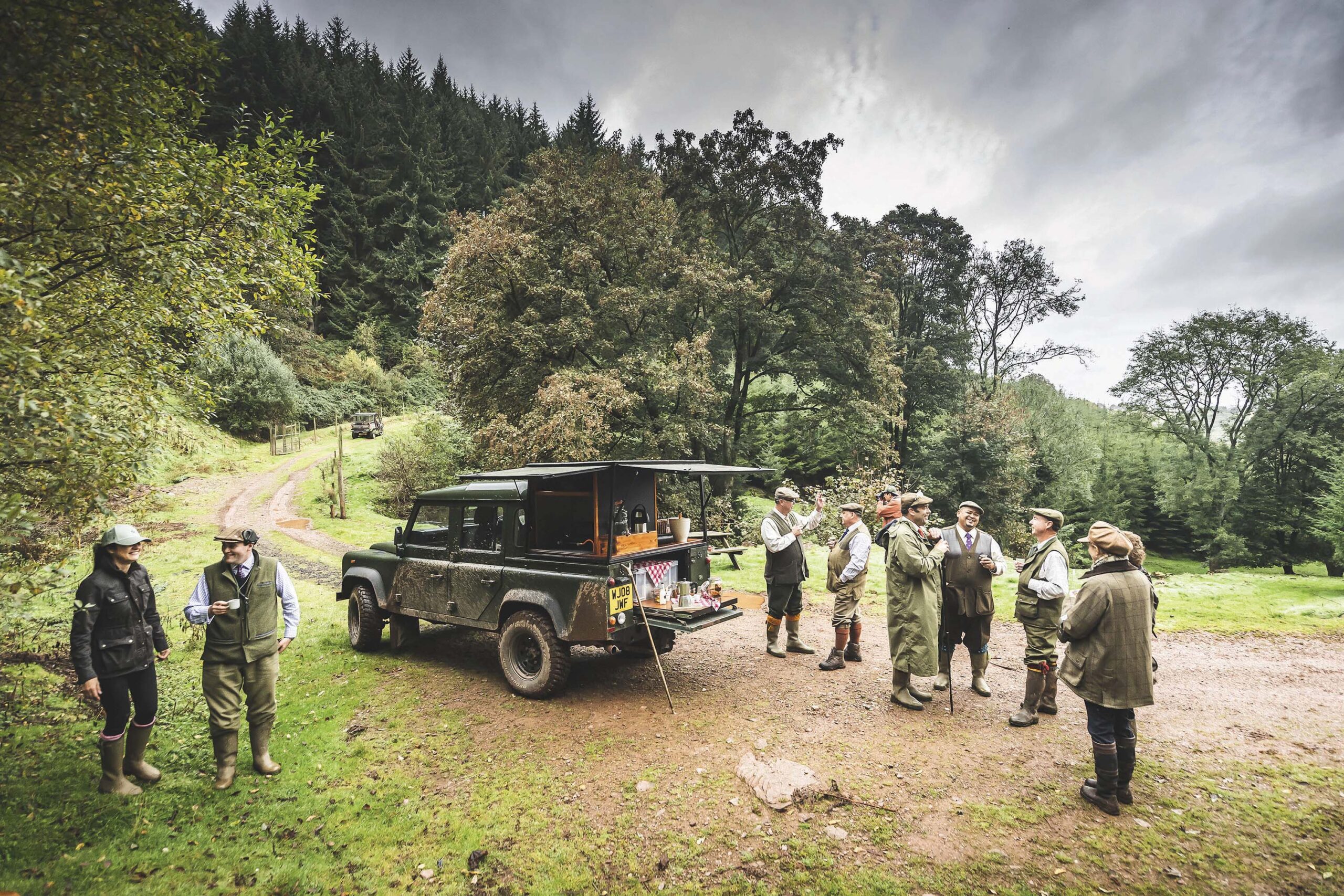
It’s always fun to call Dave to ask what’s new in his world, and our call to discuss this article was no exception. He’d received a call from a longtime client about an H&H .577 double rifle that had come on the market. The client was a little worried about the pedigree and the price, so Dave did some digging. Everything checked out—the maker’s records at H&H matched the rifle’s description, and the price seemed about right. He forwarded the records to his client, who called a few minutes later.
“Any idea who this Von Blixen person was who ordered the rifle?”
“Von Blixen? Really?” Dave hadn’t noticed the original customer’s name, but when he looked at the records, sure enough it was Bror von Blixen. “Oh my God. That’s the von Blixen. You know, Out of Africa. You need to buy that rifle right now!”
So, if you’re in the market for a very nice .577 built for one of the most storied of the early 20th Century hunters, it sounds like Dave might be able to help. Just the thing for driven stegosaurus, I expect.
In a couple of months, Dave, my wife, and I, and a small group of old friends will head to the Bourgogne countryside in France for a few days of driven pheasant, partridge, and ducks. Our shoot together—sometimes in the UK, sometimes elsewhere—is something we look forward to every year, our little nod to the tradition and the life we love. I doubt very much that the poor graduate student of a hundred years hence will find a record of this shoot, but if he does I hope it will help him understand the why of it all and Dave’s role in making the tradition as new and vital today as it was a century ago
Originally published in Volume 11, Number 1 (December-January 2023) of Covey Rise.






